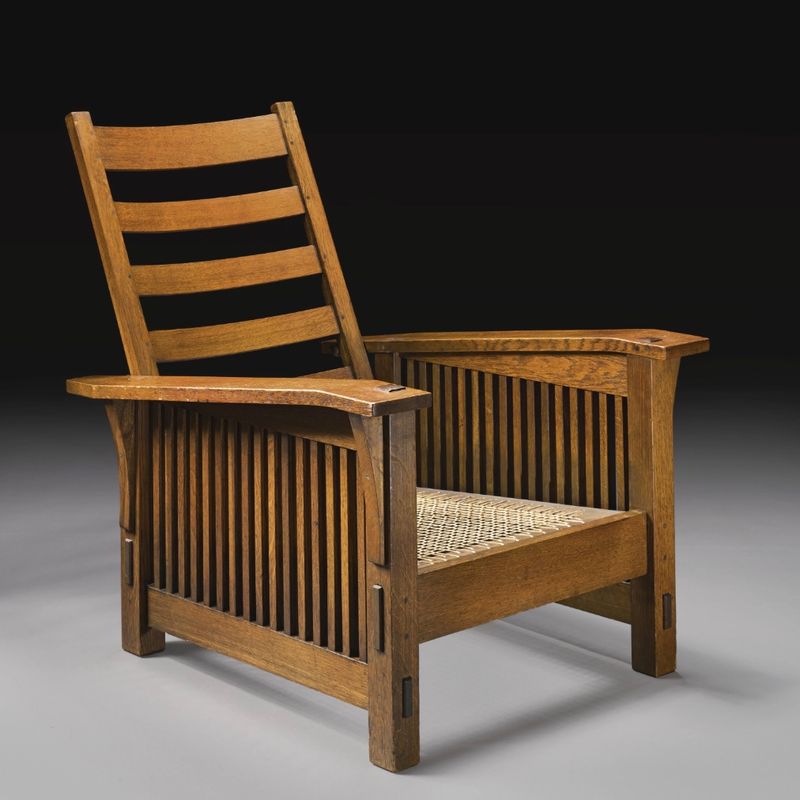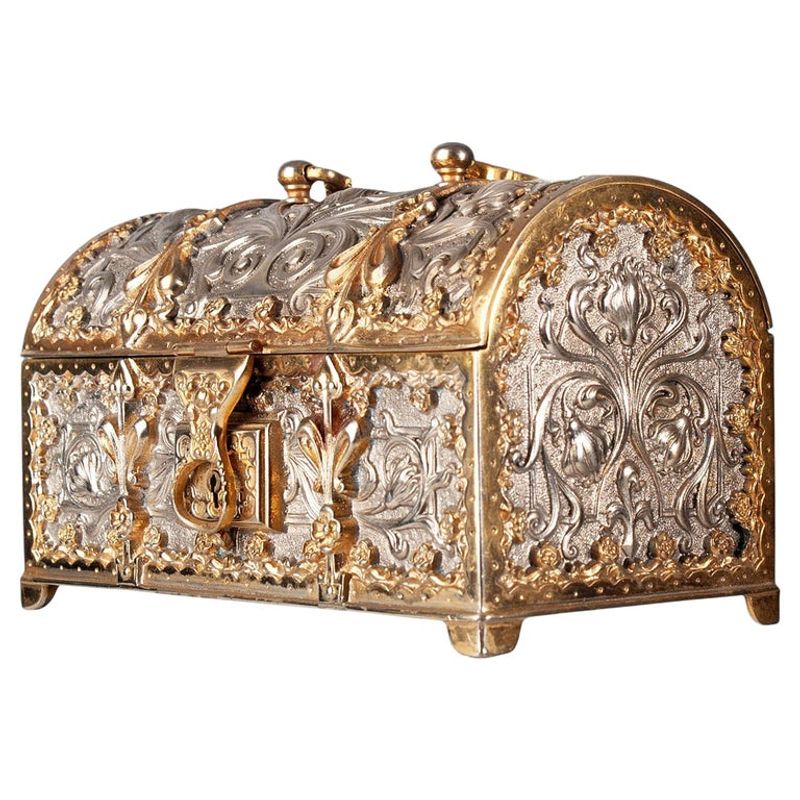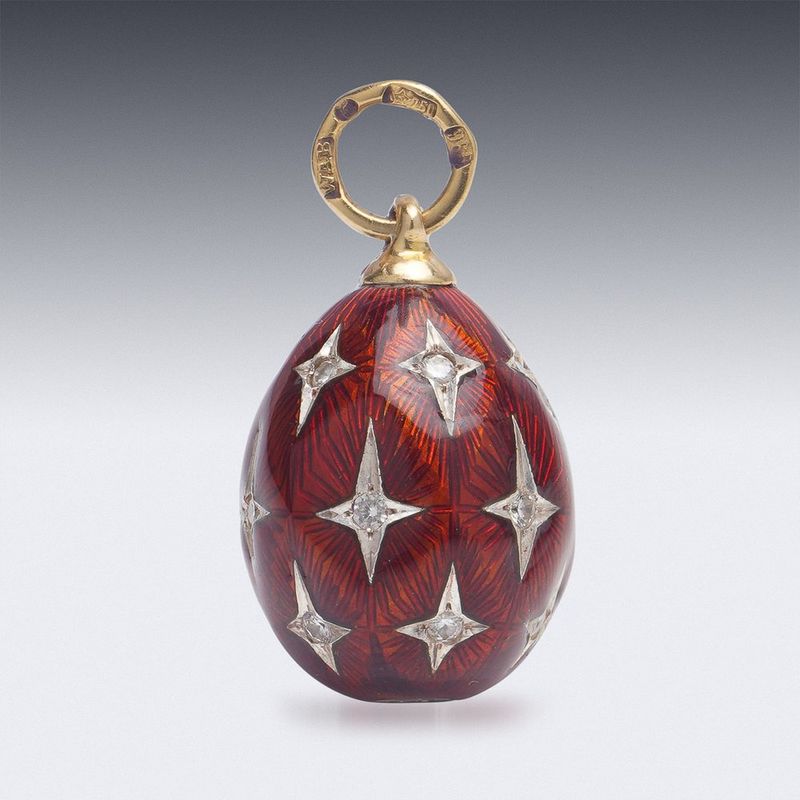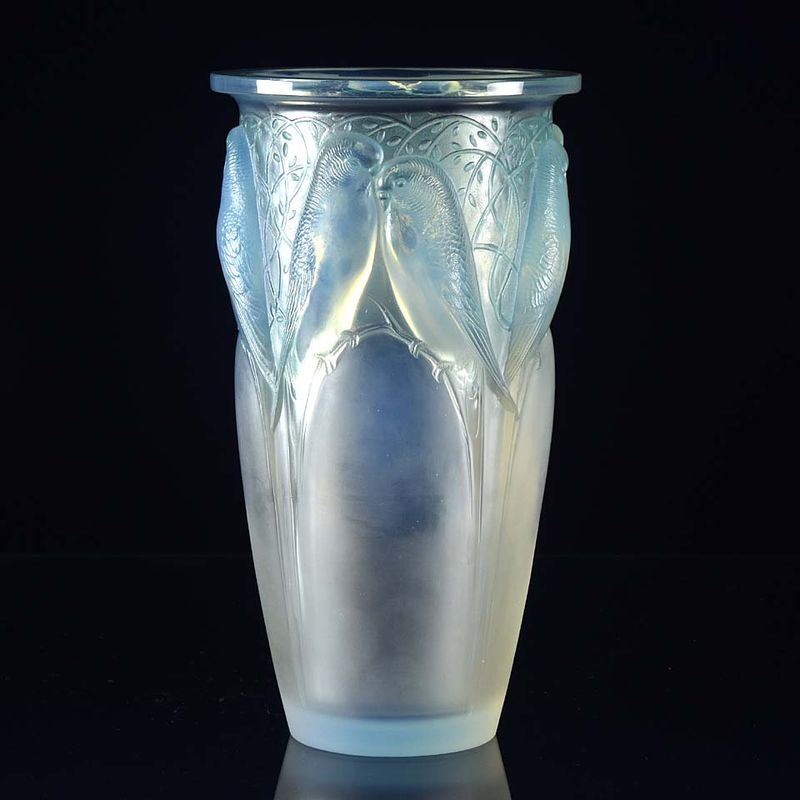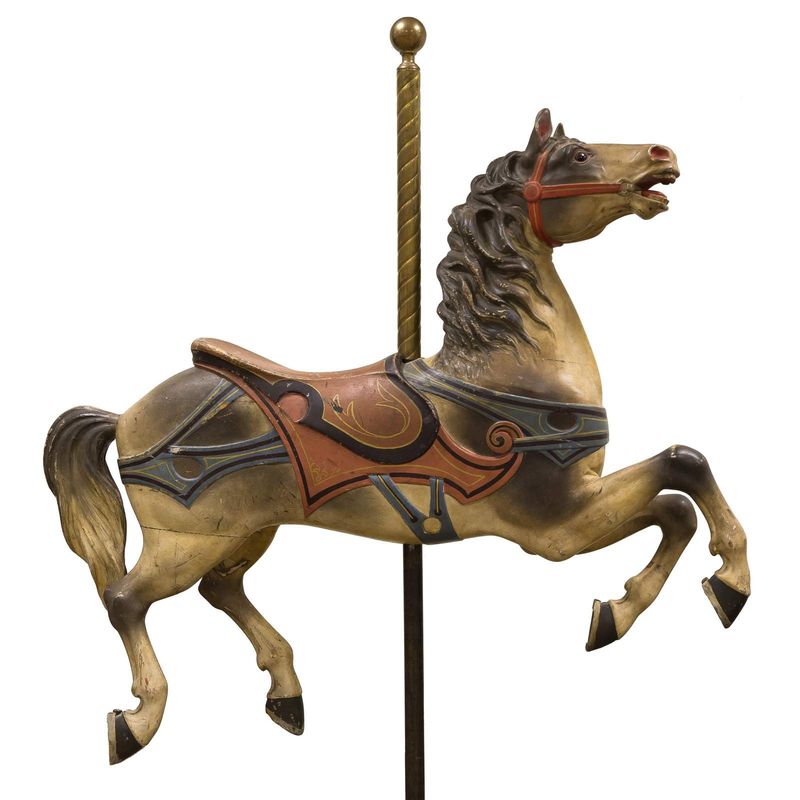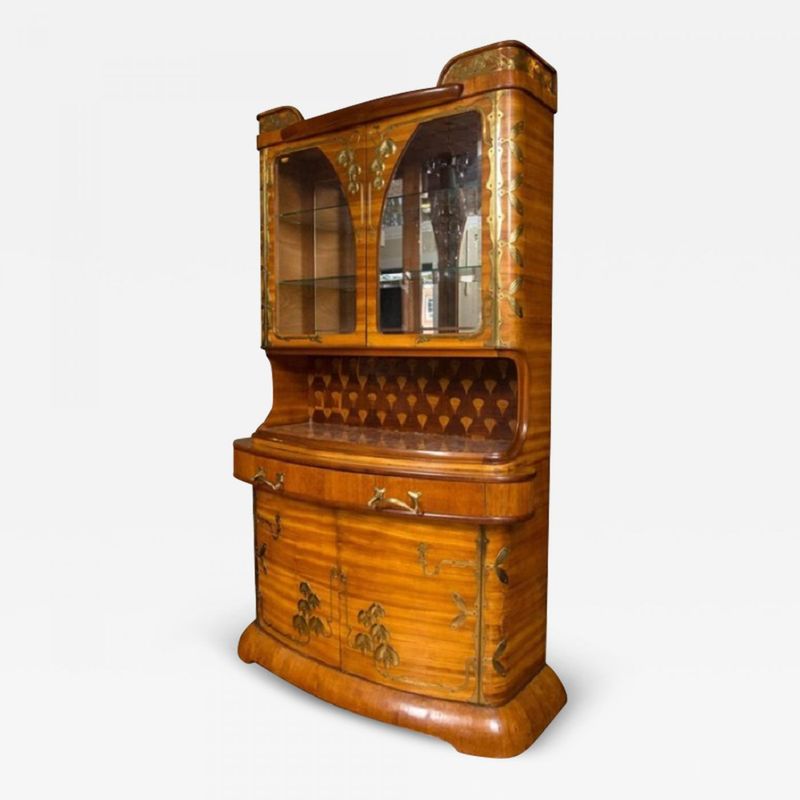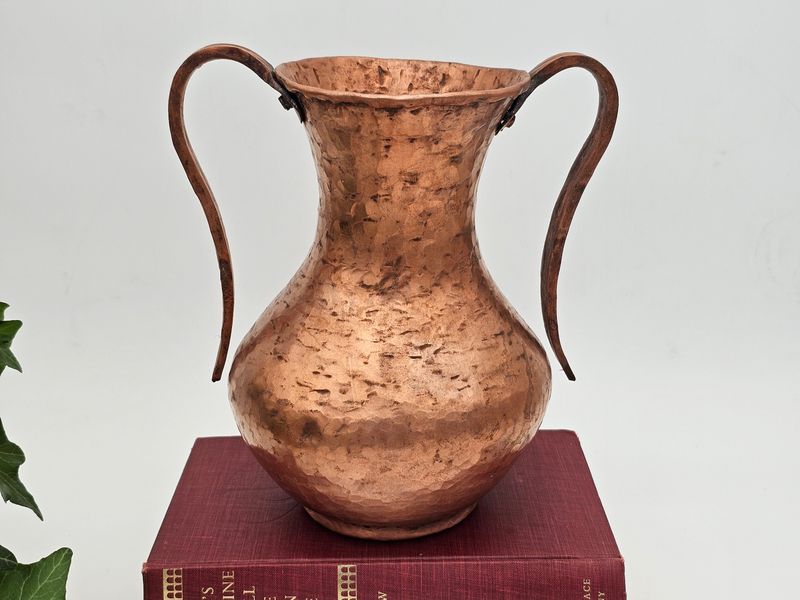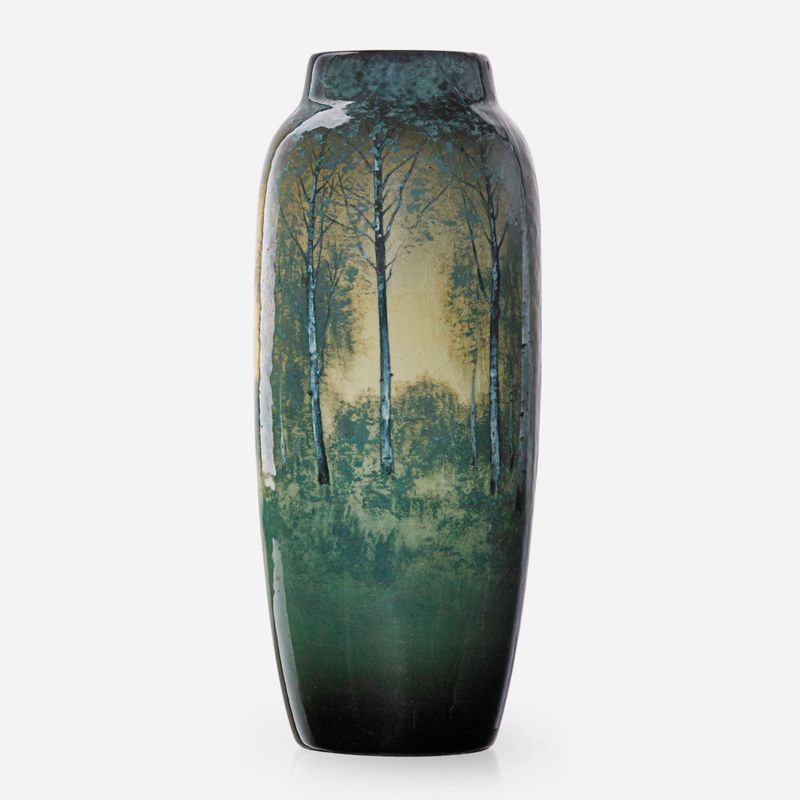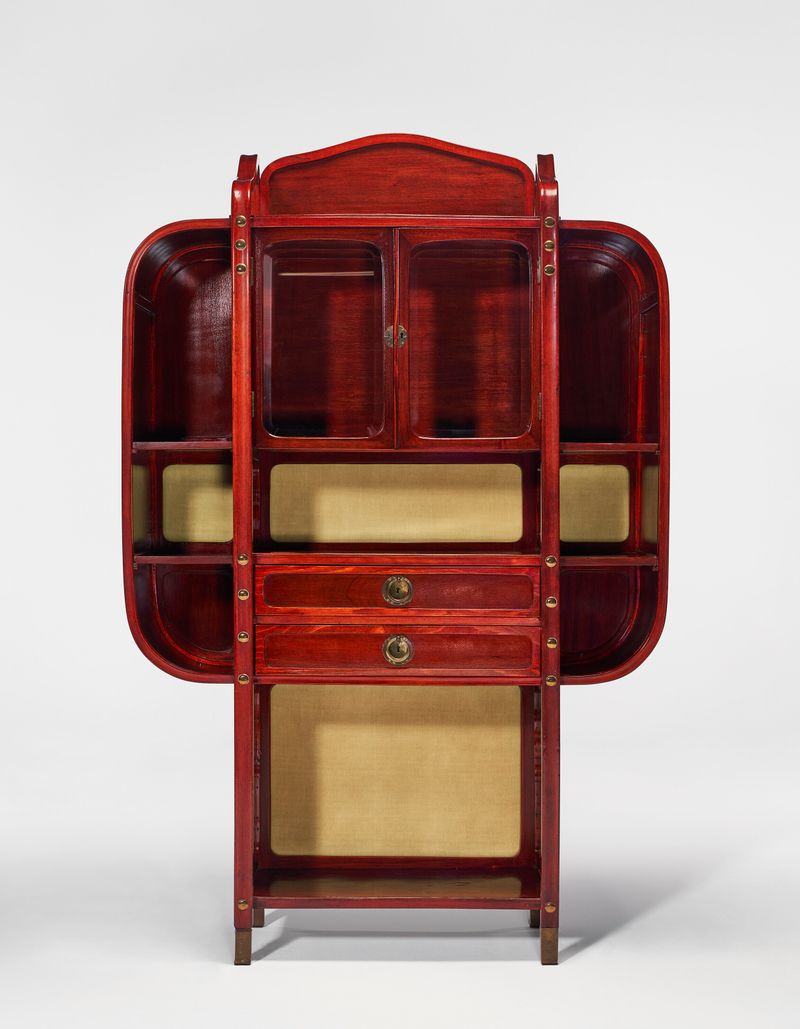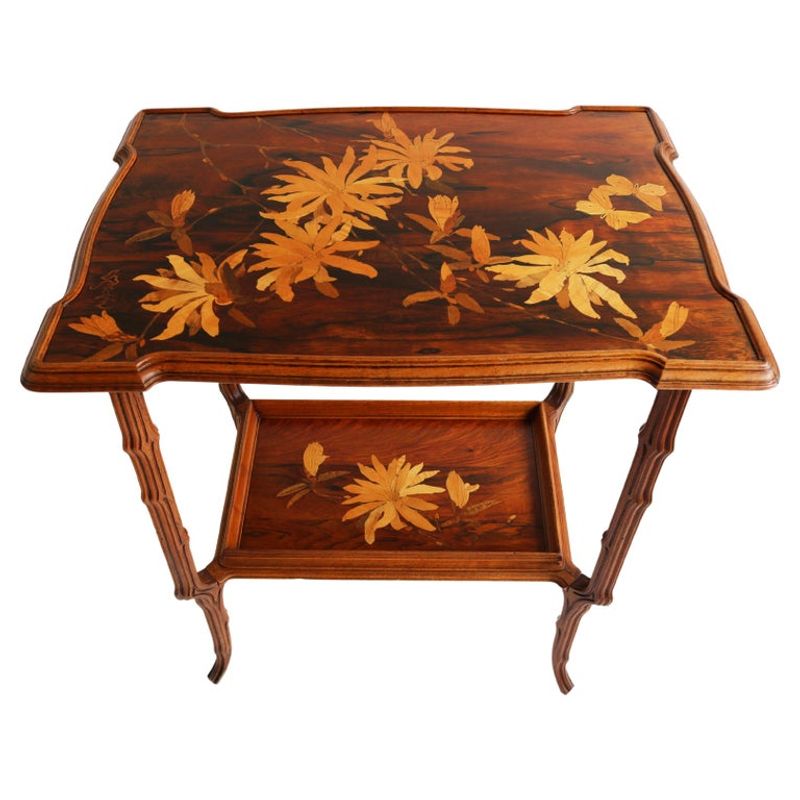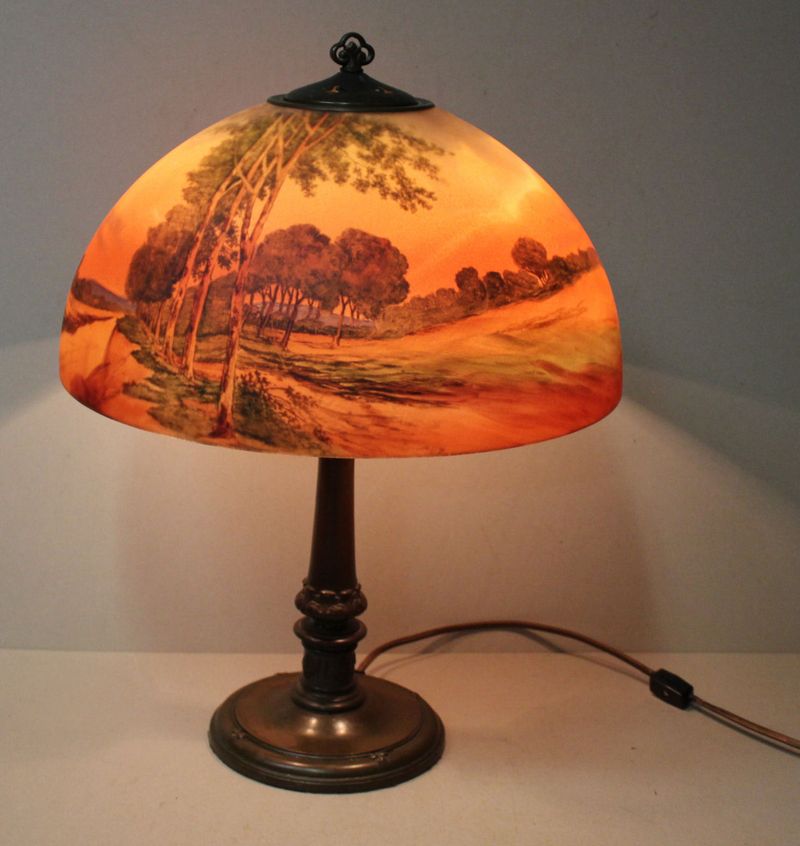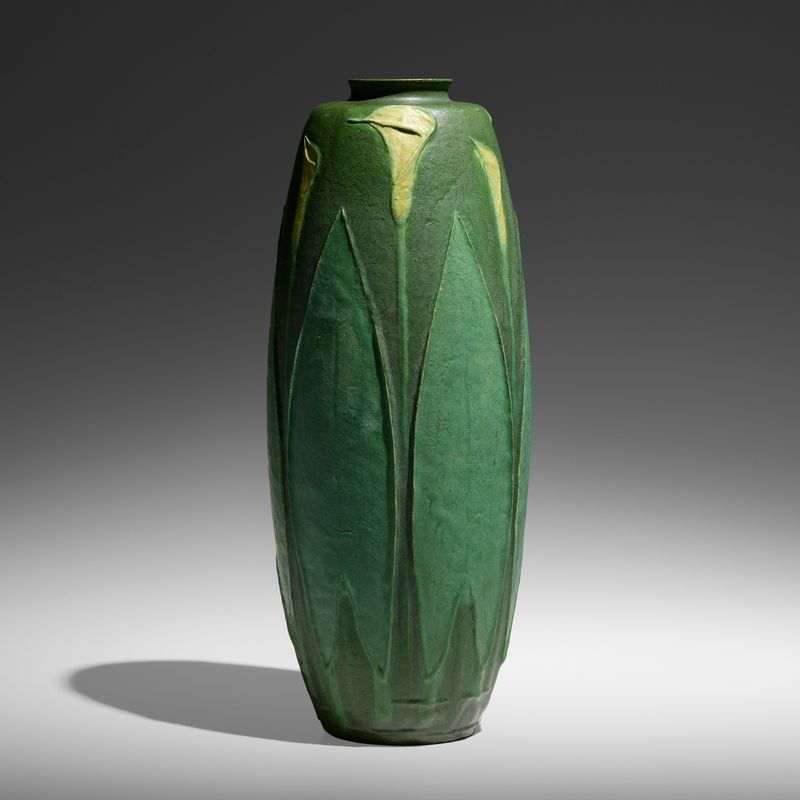Some antiques are more than just beautiful – they’re surprisingly valuable. Hidden among early 1900s decor are interior pieces that collectors would pay thousands for today. What once sat quietly in grandma’s parlor could now fund a vacation (or two).
These treasures aren’t always flashy, but their craftsmanship, rarity, and history make them hot items on the market.
No matter if you’re an avid antique lover or just curious about what might be hiding in your attic, this list highlights 10 high-value pieces worth knowing about – plus 5 extra special finds that really take the cake.
1. Tiffany Lamps
Glowing with vibrant colors and intricate patterns, these artistic masterpieces transform any room into a museum-worthy display. Louis Comfort Tiffany revolutionized decorative lighting with his stained glass creations between 1900-1920.
Authentication requires examining the bronze base for Tiffany Studios’ signature and inspecting the glass for authentic irregularities that mass-produced replicas can’t duplicate.
2. Arts and Crafts Movement Furniture
Characterized by simple forms and visible craftsmanship, these pieces stand as rebellious statements against mass production. Gustav Stickley and his brothers created some of the most sought-after examples, with their quarter-sawn oak chairs and tables still captivating collectors today.
What makes these pieces particularly valuable is their honest construction – mortise and tenon joints, hand-hammered copper hardware, and natural finishes that have developed rich patinas over time.
3. Art Nouveau Jewelry Boxes
Curving like vines and blooming with organic motifs, these enchanting containers showcase the Art Nouveau movement’s obsession with natural forms. French and Belgian craftsmen excelled at creating these whimsical pieces, often incorporating materials like bronze, glass, and exotic woods.
The most valuable examples feature hand-painted porcelain panels, mother-of-pearl inlays, or sculpted figurines atop ornately carved bases. Many collectors particularly prize jewelry boxes made by Émile Gallé or Louis Majorelle.
4. Fabergé Decorative Eggs
Beyond the imperial eggs created for Russian royalty, Peter Carl Fabergé’s workshop produced smaller decorative eggs for wealthy clientele that now command astronomical prices. These miniature marvels often open to reveal surprises—tiny figurines, lockets, or jeweled pendants.
The craftsmanship involves guilloche enamel work (a technique creating precise, repetitive patterns), precious metals, and gemstones arranged with mathematical precision. Even modest-sized examples demonstrate extraordinary attention to detail.
5. Lalique Glass Vases
Frosted, flowing, and fantastically formed, René Lalique’s glass creations revolutionized interior decoration during the Art Deco period. Initially a jeweler, Lalique turned his genius to glassmaking, producing vases that seem to capture movement in frozen form.
His signature techniques include opalescent effects, precise molding, and acid-etched details that bring out extraordinary depth in seemingly simple designs. The most valuable pieces feature rare colorations or elaborate figural motifs like dancing nymphs or exotic birds.
6. Carved Carousel Animals
Galloping out of America’s golden age of carousels, these hand-carved wooden creatures now command prices that would astonish their original makers. Master carvers like Gustav Dentzel and Charles Looff created these magnificent beasts between 1890-1920, each with distinct stylistic characteristics.
The most valuable examples maintain their original paint, glass eyes, and real horsehair tails. Rare animals like giraffes, sea monsters, or outside-row jumpers (those positioned on the carousel’s outer ring) typically fetch the highest prices.
7. Louis Majorelle Furniture
Flowing like music frozen in wood, Majorelle’s furniture pieces represent the pinnacle of French Art Nouveau craftsmanship. His signature marquetry (inlaid wood designs) often depicts delicate floral motifs using dozens of exotic wood varieties carefully selected for their natural coloration.
What separates valuable Majorelle pieces from lesser works is the seamless integration of bronze or gilt mounts that seem to grow organically from the wooden structure. His desks, cabinets, and vitrine display cases remain particularly coveted.
8. Gustav Stickley Copper Items
Hammered by hand and bearing the unmistakable marks of human craftsmanship, Stickley’s copper vessels embody the Arts and Crafts movement’s philosophy of honest materials. These functional art pieces – including jardinieres, humidors, and desk sets – feature distinctive hand-hammered textures and simple, architectural forms.
The most valuable examples bear the early “joiner’s compass” mark or the “Als ik kan” (“If I can”) inscription that signified Stickley’s highest quality work. Many serious collectors particularly seek out pieces with original patina.
9. Daum Nancy Glass
Emerging from the artistic hotbed of Nancy, France, these extraordinary glass creations showcase innovative techniques that pushed the boundaries of what was possible with the medium. The Daum brothers specialized in cameo glass, acid-etching, and vitrified powders to create naturalistic scenes of remarkable depth and detail.
Unlike their contemporary Gallé, Daum pieces often feature more realistic landscape scenes with atmospheric effects like fog or twilight. Winter scenes with frost effects command particular premium among collectors.
10. Rookwood Pottery
Born in Cincinnati’s artistic renaissance, Rookwood pieces showcase America’s first internationally acclaimed art pottery. The most valuable examples feature hand-painted scenes by master decorators like Kataro Shirayamadani or Albert Valentien on distinctive colored backgrounds – especially the coveted “Vellum” or “Black Iris” glazes.
Serious collectors hunt for pieces with the factory’s early flame mark, artist’s signature, and date cipher that helps authenticate when each piece was created. Unusual forms like umbrella stands or large floor vases command premium prices.
1. Tiffany Studios Mosaic Glass
Shimmering like jeweled tapestries, these extraordinary decorative panels represent some of Tiffany Studios’ most ambitious artistic achievements. Unlike their more common lamps, Tiffany’s mosaic glass works often incorporated thousands of individually selected glass pieces meticulously assembled to create landscape scenes or floral compositions.
The most valuable examples feature “drapery glass” – a specialized technique that creates folds resembling fabric – or rare “confetti glass” with suspended metallic flakes that catch the light.
Large Tiffany mosaic panels have sold for $100,000-$1,000,000 at major auctions, with museum-quality examples occasionally reaching even higher prices when authenticated by Tiffany scholars.
2. Josef Hoffmann Furniture
Geometric yet somehow sensual, Hoffmann’s revolutionary designs for the Wiener Werkstätte cooperative represent the earliest flowering of modernism in interior furnishings. His cabinets, chairs, and tables often feature distinctive square lattice patterns, precise proportions, and minimal ornamentation that looks remarkably contemporary even today.
The most valuable pieces maintain their original finishes – whether black lacquer, white paint, or natural bentwood – and feature documented provenance linking them to specific Viennese commissions.
Authentic Hoffmann pieces from the early 1900s regularly command $15,000-$200,000 at auction, with exceptional examples or complete room ensembles occasionally reaching seven figures when they surface from private European collections.
3. Émile Gallé Marquetry Furniture
Whispering tales of nature through wood, Gallé’s furniture pieces represent the pinnacle of French Art Nouveau craftsmanship. Unlike his better-known glass creations, his wooden masterpieces feature spectacular marquetry—intricate inlaid wood scenes depicting flowers, insects, and landscapes with painterly precision.
The most valuable examples incorporate multiple techniques: carved elements that seem to grow organically from the structure, hidden compartments revealed by clever mechanisms, and bronze hardware cast from natural forms like dragonflies or water lilies.
Authentic Gallé furniture pieces can command $30,000-$300,000 at major auctions, with exceptional cabinets occasionally reaching even higher prices when they emerge from long-held private collections.
4. Handel Lamps
Often overshadowed by their Tiffany counterparts, Handel lamps have emerged as highly collectible treasures with their distinctive hand-painted glass shades depicting romantic landscapes. The Handel Company of Meriden, Connecticut created these artistic lighting fixtures between 1885-1936, with their golden era occurring in the early 1900s.
Unlike Tiffany’s mosaic approach, Handel artists painted directly onto glass panels, creating atmospheric scenes with remarkable depth and luminosity. Desert sunsets, woodland landscapes, and nautical themes remain particularly sought-after by discerning collectors.
5. Grueby Pottery
Embracing organic simplicity before minimalism was fashionable, Grueby’s matte green vessels revolutionized American ceramics at the turn of the century. The Boston-based pottery studio specialized in velvety cucumber-green glazes applied to hand-thrown forms with stylized carved leaf or flower motifs.
What makes these pieces particularly valuable is their perfect marriage of form and surface – the carved elements seem to grow naturally from the vessel rather than appearing applied. The most prized examples feature rare colorations like blue, yellow, or multi-colored experimental glazes.
Authentic Grueby vases typically sell for $3,000-$25,000, with exceptional large-scale pieces or those with rare glazes occasionally fetching $50,000+ at specialized Arts and Crafts auctions.



